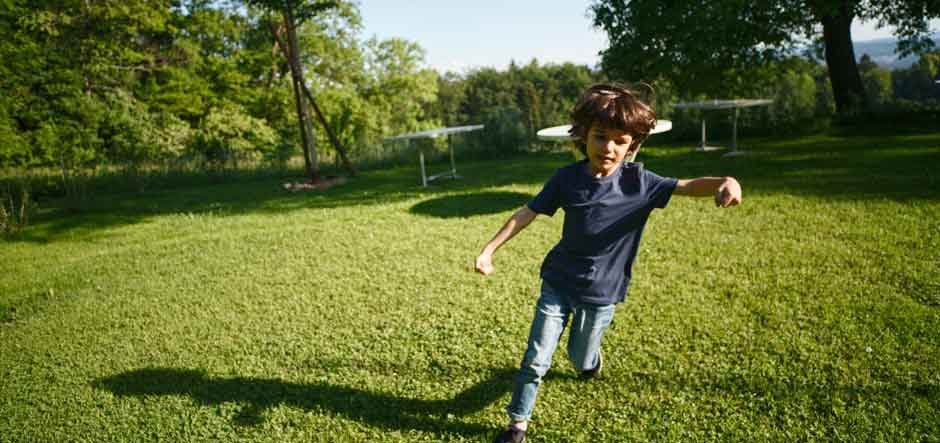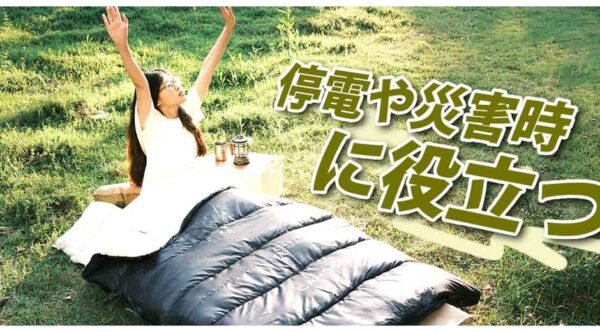Landscaping for Kids: How to Create a Safe Backyard

Designing a safe and child-friendly backyard is essential for parents. A well-thought-out landscape can provide a secure environment for your kids to play, explore, and enjoy the outdoors. This piece will discuss how to design a backyard where children’s safety comes first. From choosing age-appropriate play equipment to implementing fencing and soft ground coverings, these guidelines will help you design a backyard that fosters both fun and peace of mind for your family.
1. Creating a Safe Outdoor Environment
When designing an outdoor space with children in mind, it’s vital to prioritize safety. One key aspect of child-friendly landscaping is selecting plants that are non-toxic and eliminating any that may have thorns or be poisonous. You can ensure that your backyard is an enjoyable and secure area for youngsters to play and explore by implementing this safety precaution. While natural grass can be a popular choice for outdoor play areas, you might also consider alternatives like NexGen Lawns synthetic grass to provide a low-maintenance, safe, and durable surface for children, free from potential allergens and pests commonly found in natural grass. These synthetic options not only reduce the risk of allergic reactions but also create a soft and comfortable surface for kids to run and play on, adding an extra layer of safety to your child-friendly outdoor space.
To further enhance the safety and comfort of your backyard retreat, consider adding blankets for backyard picnics or lounging. Blankets provide a cozy spot for family gatherings and add an inviting touch to your outdoor space. Whether spread out under a shady tree or laid out on the grass, blankets can encourage relaxation and enjoyment of the outdoors while keeping children comfortable and protected from rough surfaces.
2. Establishing Clear Boundaries for Safety
One of the essential components of childproofing your outdoor space is the installation of a sturdy fence with a childproof gate. This step not only defines the boundaries of your outdoor area but also serves as a protective barrier. The fence keeps young children from wandering into areas where they could encounter potential hazards, like roads or neighboring properties. It also provides a sense of security, allowing kids to play freely without constant supervision, knowing they are within a safe and enclosed space. Choose a fence design that complements your outdoor aesthetics, and consider materials that are durable and low-maintenance, such as vinyl or aluminum, to ensure longevity and safety. Additionally, for areas where natural grass may not be ideal, you can explore alternatives to create a consistent and safe surface within the enclosed space, providing an extra layer of protection for children. If you have animals like horses in your backyard, you should also look into investing in horse fencing for your property.
3. Enhancing Play Area Safety
In a child-friendly outdoor space, ensuring the safety of play areas is paramount. To minimize the risk of injuries from falls, it’s essential to incorporate soft and impact-absorbing ground cover materials beneath play equipment. Options like mulch, sand, or rubber matting provide a cushioning effect, reducing the force of impact in case a child falls while playing. These materials not only create a safer environment for kids but also offer a more comfortable surface for activities like running and jumping. Selecting the appropriate ground cover material depends on factors like your child’s age and the type of play equipment in use. This thoughtful addition promotes both safety and enjoyment in your outdoor space, making it a more secure and fun place for children to play.
4. Ensuring Safe Play Equipment
Selecting age-appropriate play structures and equipment is a key consideration when designing a child-friendly outdoor space. It’s crucial to choose equipment that aligns with your child’s age, size, and developmental stage, as this enhances safety and promotes age-appropriate physical activity and skill development. Make sure the play equipment is free from any safety dangers and is maintained and inspected on a regular basis. By doing so, you provide children with a safe and enjoyable environment for active play, fostering their physical and social development while offering peace of mind to parents and caregivers.
5. Prioritizing Sun Safety
Incorporating sun protection measures into your child-friendly outdoor space is crucial for ensuring the well-being of young ones. Installing shade structures or umbrellas not only shields children from harmful UV rays but also encourages prolonged outdoor play by creating a comfortable and safe environment. Sun safety is paramount, especially in areas with intense sun exposure, as it reduces the risk of sunburn, heat-related issues, and long-term sun damage. By providing adequate shade, you promote outdoor activities that are not only fun but also health-conscious, allowing children to explore and play without the worry of overexposure to the sun’s harmful rays. Sun safety in your outdoor space is a responsible and caring choice that enhances the overall experience for children and their caregivers.
Conclusion
It’s important for your kids’ safety to have a secure backyard—it’s not just about style. By incorporating child-friendly plants, secure boundaries, soft ground cover, age-appropriate play equipment, anchored furniture, and sun protection, you can design a landscape that fosters a safe and enjoyable outdoor experience for your kids. With these considerations in place, you can ensure that your children have a protected and nurturing outdoor environment that encourages their physical and imaginative growth while giving you peace of mind as a parent.



